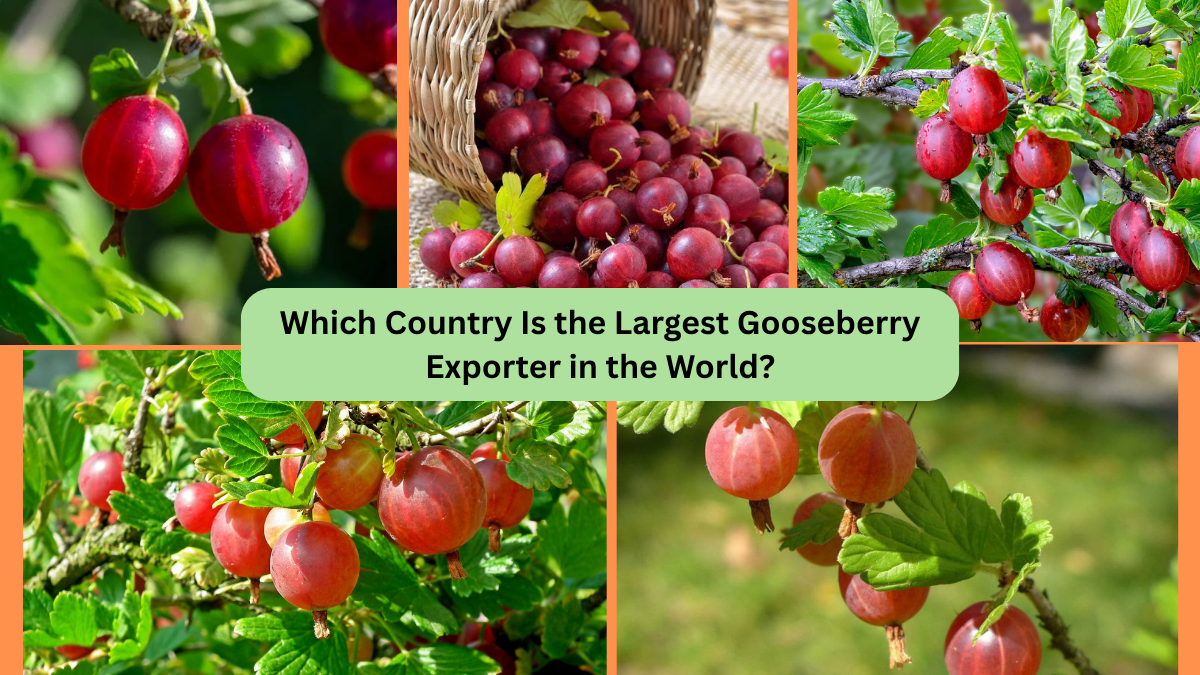Gooseberries, with their tart flavor and nutritional benefits, have long been cherished in various parts of the world. Whether enjoyed fresh, stewed into jams, baked into pies, or turned into wine and syrups, gooseberries are a versatile fruit rich in vitamin C, fiber, and antioxidants. While historically associated with Europe and parts of Asia, the global trade in gooseberries has steadily expanded, driven by increased demand in gourmet and health food markets.
But when it comes to exporting this unique berry, which country holds the title of the largest gooseberry exporter in the world? This article delves deep into global production, export figures, key markets, and emerging trends to reveal the answer.
Global Gooseberry Production Overview
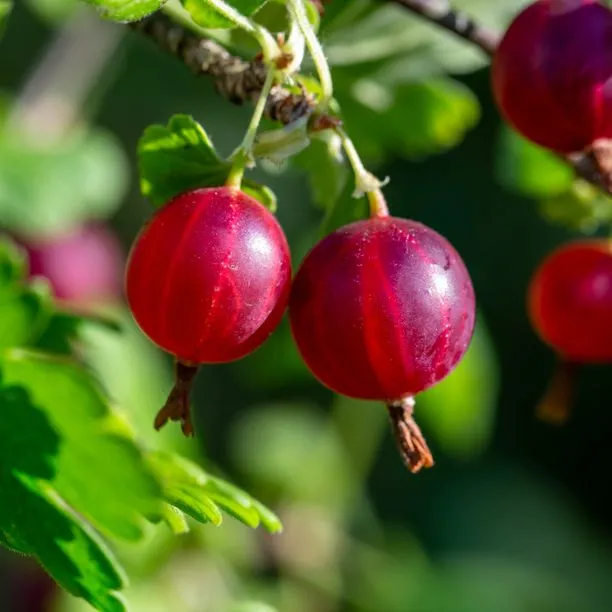
Gooseberries belong to the Ribes genus, closely related to currants. They thrive in cool, temperate climates, making them ideal for cultivation in Europe, Russia, and parts of Asia and North America.
Top Gooseberry-Producing Countries:
- Russia: The largest producer globally, accounting for around 88,000 metric tons annually.
- Ukraine: Produces approximately 7,000 metric tons.
- Poland, United Kingdom, Germany, and the Netherlands are also significant growers in Europe.
While these countries produce large volumes, not all of them export gooseberries at scale. The key to export success lies not just in production, but in processing capacity, logistics infrastructure, and market access.
Which Country Exports the Most Gooseberries?
According to international trade data, the Netherlands holds the position as the largest exporter of gooseberries in the world.
In 2023:
- The Netherlands exported over 3,100 metric tons of gooseberries (often combined in trade statistics with currants).
- The total export value surpassed USD 27.5 million, significantly higher than any other country.
The Netherlands’ dominance is not necessarily because it grows more gooseberries than Russia or Poland, but because it serves as a major distribution and re-export hub for fresh berries across Europe and beyond.
Why the Netherlands Leads Gooseberry Exports
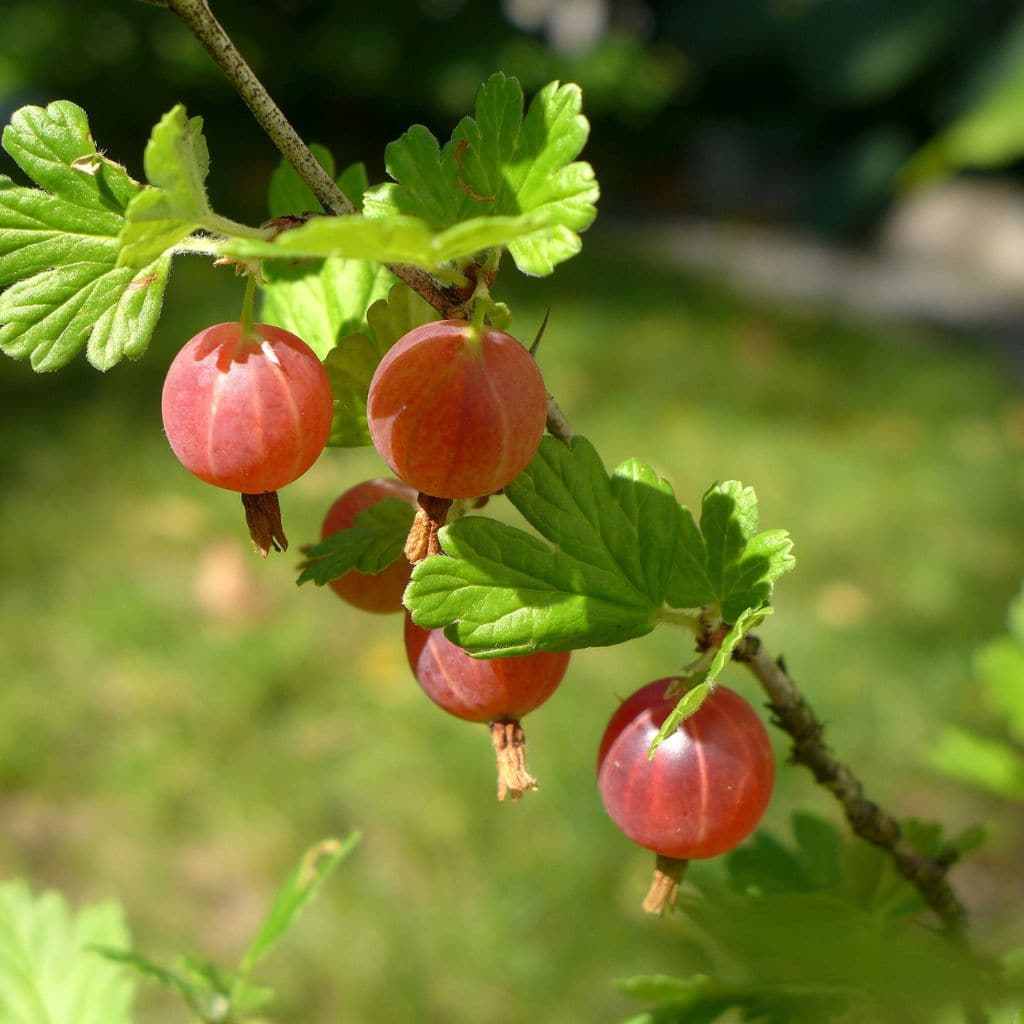
Several factors contribute to the Netherlands’ status as the top gooseberry exporter globally:
Strategic Location in Europe
The Netherlands is ideally situated for access to both Western and Eastern European markets, with modern ports like Rotterdam and excellent road and rail links. This makes it a perfect re-export hub for berries, including gooseberries.
Advanced Export Infrastructure
Dutch companies specialize in sorting, packaging, and transporting delicate soft fruits. With a highly efficient cold chain system and skilled logistics providers, the Netherlands can export fresh gooseberries rapidly, preserving quality and freshness.
Niche and Specialty Fruit Expertise
The Netherlands has positioned itself as a key player in the export of specialty and niche fruits, including organic and high-value gooseberries, targeting health-conscious consumers and gourmet markets across Europe, Asia, and North America.
Re-export System
Many gooseberries produced in neighboring countries like Germany, Poland, and Belgium are shipped to the Netherlands, where they are repackaged and exported globally. This boosts the Netherlands’ official export figures even if not all berries are domestically grown.
Other Major Gooseberry Exporters
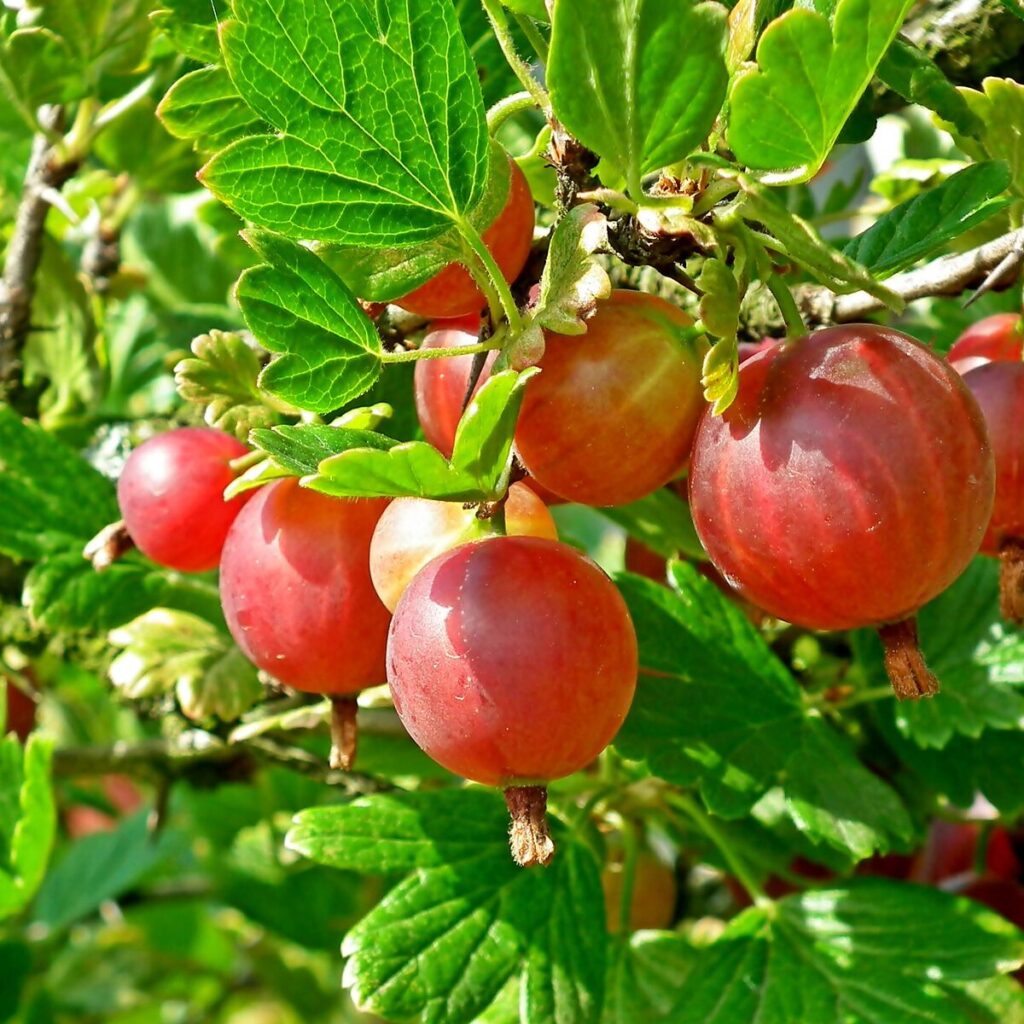
While the Netherlands is the largest, several other countries play important roles in the global gooseberry trade:
Poland
Poland is one of Europe’s largest gooseberry producers and exporters, with annual exports valued at approximately USD 10.5 million. Polish gooseberries are mainly destined for Germany, the UK, and Scandinavian countries.
United States
The U.S. grows gooseberries in limited quantities, primarily in states like Oregon, New York, and Michigan. However, it exports processed gooseberry products such as preserves and juices, with total exports valued at USD 10.7 million in 2023.
United Kingdom
The UK has a long history of gooseberry cultivation and continues to export fresh and processed gooseberries, although volumes have declined in recent years due to reduced commercial farming and increased domestic consumption.
Germany
Germany, while a significant producer, exports modest volumes, primarily within the EU. German gooseberries are popular in baked goods, desserts, and beverages.
Global Gooseberry Export Figures (2023)
| Country | Export Volume (Metric Tons) | Export Value (USD) | Key Markets |
|---|---|---|---|
| Netherlands | 3,100 | 27.5 million | Germany, UK, France, UAE |
| Poland | 1,000+ | 10.5 million | Germany, UK, Sweden |
| United States | 600–800 | 10.7 million | Canada, Mexico, UK |
| United Kingdom | 500–600 | 5 million | EU markets |
| Germany | 400–500 | 4.8 million | Austria, Netherlands, Czechia |
Trends in the Global Gooseberry Market
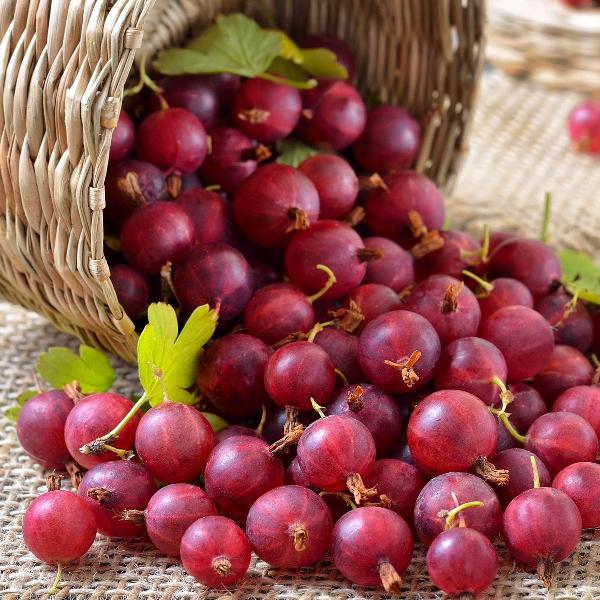
The gooseberry trade is growing steadily, driven by several factors:
Rising Demand for Superfoods
Gooseberries are rich in vitamin C, antioxidants, and fiber. Their health benefits, including immune-boosting and anti-inflammatory properties, have increased demand in health food stores and organic markets.
Popularity of Artisanal and Niche Products
Gooseberry-based products like jams, chutneys, desserts, and wines are gaining popularity, especially in gourmet food circles.
Organic and Sustainable Farming
As consumers seek organic and sustainably sourced produce, gooseberries grown without chemical pesticides and fertilizers fetch premium prices, especially in European and North American markets.
Expansion of E-commerce and Specialty Grocers
Online marketplaces and high-end grocers in Asia and the Middle East have begun importing gooseberries, expanding the fruit’s international reach.
Future Outlook for Gooseberry Exports
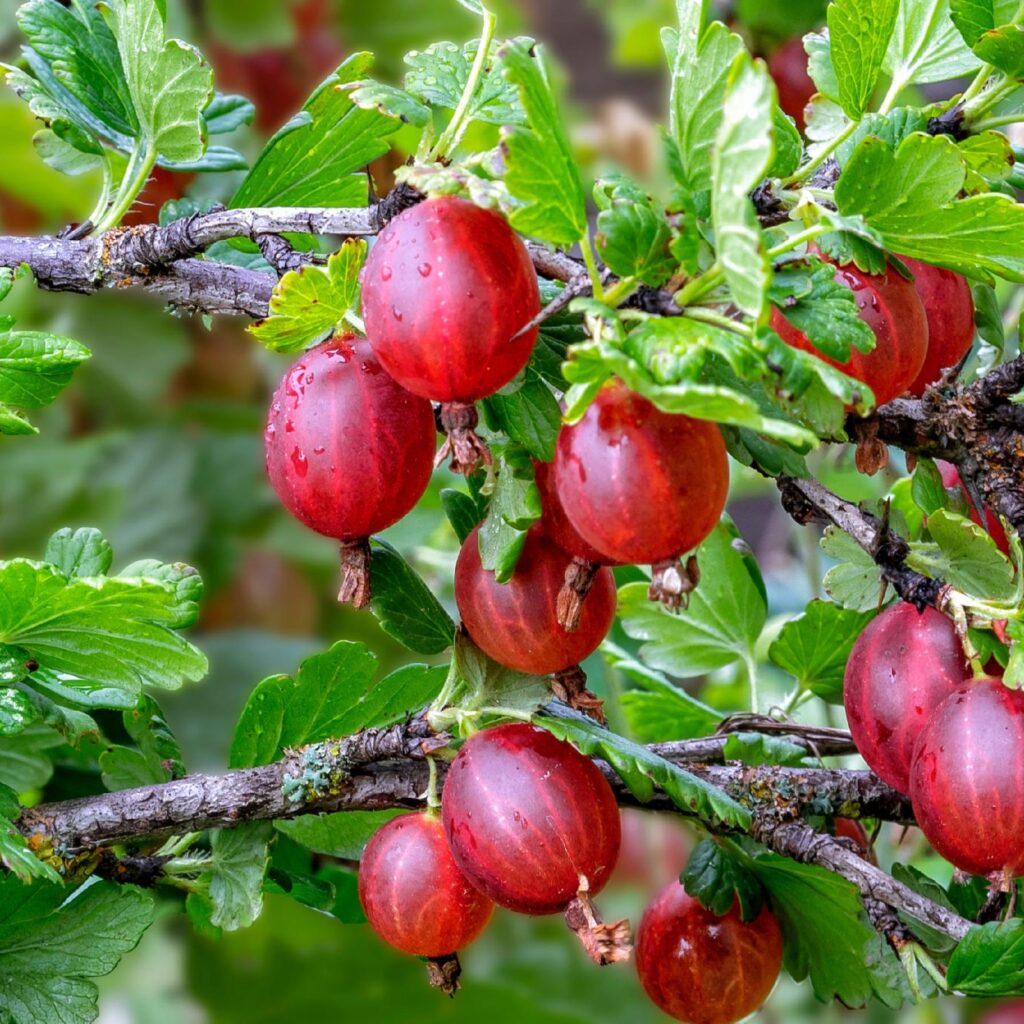
The future of the gooseberry export market looks promising:
- Netherlands is expected to maintain its leadership in export volume and value, particularly through its role as a re-export hub.
- Poland and Germany are investing in organic production to capture premium market segments in Scandinavia and Western Europe.
- The United States will likely increase exports of processed gooseberry products, especially in health supplements and natural syrups.
- Emerging markets in Asia and the Middle East are beginning to import niche berries, including gooseberries, for affluent consumers seeking health foods.
Conclusion
While Russia remains the largest gooseberry producer globally, it consumes most of its harvest domestically. In terms of international trade, the Netherlands is the world’s largest gooseberry exporter, thanks to its efficient export infrastructure, strategic location, and expertise in handling specialty fruit.
Poland, the United States, the United Kingdom, and Germany also contribute significantly to global gooseberry exports, with growing demand driven by the fruit’s health benefits, culinary versatility, and niche market appeal.
As the global appetite for health-focused, specialty fruits continues to grow, gooseberries are poised for a bright future — and the Netherlands seems set to retain its crown as the gooseberry export leader.
